The choice of daily diet is undoubtedly the fundamental healthy nutrition and the resistance of our immunity. One of the products, to grow which can every gardener are tomatoes. But few people know that it is the grade of yellow tomatoes that possess many useful substances that are absent in the forefront varieties. Consider what is posed - these yellow tomatoes.
Tomatoes Yellow - Description
Taste and useful qualities are undoubted and fundamental arguments when choosing any kind that will grow on the site of any gardener. Tomatoes of yellow color contain:
- increased querotinoids;
- licopene;
- carotene;
- phythen;
- unfortunate;
- organic acids;
- a huge amount of fiber.
Regarding the benefits for the body - this is a high content of nutrients, strengthening the cardiovascular system, the walls of the vessels, the activities of the CNS, brain, digestive, mood, restoration and growth of new cells in all organs (one of the most important properties of yellow tomato is suppression of cancer cells in organism). In addition to all, this species does not contain allergens, which are contained in the red-like tomato varieties.
Yellow Tomatoes - Sort
Tomatoes are a useful and delicious product from the garden. By making a decision on the cultivation of this species, it is necessary to choose a variety. For canning, vegetable slicing or hot dishes - individual selection of each. Sorts of yellow tomato - a big set, but consider some of the best yellow tomatoes:
- Tomatoes "Yellow Truffle" - a variety of open and greenhouse types of cultivation (170 cm.), Fruits 150 g, very dense, pear-shaped, wearing slabber, orange color, grade is magnificent for salting and canning.
- Königsberg Golden is a greenhouse grade (in the open ground grows worse), the ripening period is about 110 days, the stem is about 1.5 m, the fruit weighing 300 g, bright taste, is great for canning.
- The lemon giant is a variety of both open and greenhouse type, a period of ripening about 120 days, the stem is about 1-1.5 m, the fruit weighing about 900 g, fleshy and almost without juice.
- Honey Savior is a variety of open soil, a period of ripening about 115 days, stems 1.5 m in height, fruit weighing 600 g have a heart-shaped form, sweet and almost without acid.
- Tomato "Peach" - the grade is growing, ripens and in a garden and in a greenhouse about 110 days, stems up to 1 m, fruit weighing 100 g incented (like leaves), have a fruit flavor, and is also suitable for preservation and for consumption in fresh form.
- Tomato "Persimma" - grows in a greenhouse (1.5 m) and on open beds (80 cm) about 100 days, fruit 300-500 g with fruit taste - Sweet yellow tomatoes, period of fruiting stretched to 4 months (before freezing), tomato universal purpose.
- Tomato "Amber Cup" - yellow tomatoes of open soil and for greenhouses, stems up to 1.7 m high, fruit 85-125 g, juicy, sustainable transportation and high temperatures, tomato is also used universally.
- Tomato "Golden Heart" - a grade of early ripening time, a clock 30-40 cm - durable, mature fruits of the heart-shaped shape are large, have a golden orange color.
- Tomato "Gem Gold F1" is a midverterial grade, on brushes 6-10 fruits of 60 g (small yellow tomatoes) egg-shaped, bright yellow color, an important feature of this variety is resistance to many diseases inherent to tomatoes.
- Tomato "Dina" is a medieval, growing in a garden and in a greenhouse (60-70 cm), sweet fruits, orange-colored weighing 100-150 g, universal grade for use.
- Tomatoes "Cherry Yellow" - it is possible to grow in any conditions - houses, in a garden and in a greenhouse, a lowest variety, fruits of 15 g, sweet taste on the brush. Many shoots.
It should be remembered that the so-called "yellow green tomatoes", that is, not dissolved - in no case cannot be removed, but to shoot and, "on the old manner", to leave only small fruits on the window (100-160 g).
Planting yellow tomatoes, seedlings and care for it
The land for seedling should choose more containing organic elements (compost from the garden, a mixture of earth and peat, manure) than mineral, but when disembarking into the ground, on the contrary.
Sowing seeds Tomato is organized in 60-75 days before disembarking in open ground, and upon subsequent landing in a greenhouse even earlier. It should be remembered by yellow tomatoes from the greenhouse, regardless of their varieties, will be larger and more common. It is better to plant in separate pots or cups, so when landing on the garden beds, the roots are less damaged and the plant is ill less.
It should be planted at 0.5 cm in depth - not deeper, single crops.
When growing seedlings at home, it is necessary to choose a sunny side, with insufficient light, it is necessary to add it artificially. With an insufficient number of light, seedlings will be pulled out.
Watering seedlings should be moderately and allowed the soil a little to push. The problem of excessive irrigation can lead to "black legs" - subsequently - "yellow seedlings of tomato" leads to the fading of the leaves and the elimination of the plant as a whole. Also, the "yellow seedlings of the tomato" can be the consequence of "tropics" on the windowsill or in the greenhouse.
Present sites and shadows should be avoided, in which there may be seedlings - this will lead to the suspension of the right growth of the plant.
Landing in open ground and its preparation
We spend the preparation of the Earth in the fall - leaving, fertilize orient, we clean from weeds and, of course, stones.
In the spring, when disembarking on a garden or to a greenhouse, feather the mineral fertilizers, add some ashs (from pests). The ground is chosen by the average acidity - not higher than 6.5 pp.
As stated above, it is better to plant from the cups with single specimens. This is the optimal way to not injure the root system, in the process of separating seedlings to separate instances.
It follows this way - 4 sprouts per 1 m². In this case, the Sun gets well to the ground in the roots (the likelihood of increased humidity of the soil) and the entire bush with fruits in general is the best use of the ratio of sunlight and landing.
Care for tomatoes
In the process of cultivation, many questions arise, the main is a weeding from weeds, loosening, watering, methods and types of fertilizers.
Warfish and loosening is periodic, it is especially worth paying attention to such "courtship" during periods of sunny days after the rains. It is impossible to allow cracks on the ground at the stem, it will mean a few negative points:
- evaporation of moisture from the soil and water absorption roots was so dynamic that the earth did not have time to change the form - this could lead to a change in the shape of the Earth (crack), and at the same time the rupture of the root system under Earth;
- in the "cracks" fall insects that feed on moisture from the roots and, in fact, the roots themselves and, as a result, are gradual and dynamic fading and the death of the plant.
In the process of weeding from weeds, in dry weather, weeds should be laid around, at a radius at least 15-25 cm from the stem, to the side to save moisture in the ground. Closer to the grass stalk it is impossible - this will lead to fungal diseases or mutations of diseases.
Tomatoes do not like too dry and oversaturated moisture ground - therefore it is worth watching the "conscience" for moisture in the ground, to water. When watering it is important to know how the root system of tomato is located - it is shallow and is closer to the surface, so the plant instantly reacts to drought.
With weak growth of the tops - to feed nitric and mineral fertilizers with caution, because When synthesis, it is possible to "burn" the roots. Weak solutions and frequency will be an advantage over rare and concentrated feeding.
Organic fertilizers should be excluded, it is likely to damage the roots with this fertilizer, so fertilizers are brought from autumn for better dissolution and compound with the main soil.
Pests and diseases of yellow tomato, fighting them
Diseases of yellow tomato
Mosaic
The disease is striking the tops of healthy tomatoes, as a result of which the leaves are yellowing with separate stains. When the plant is fully affected, it dries and dies.
Measures of struggle:
- for sowing to choose 2-3 year-old seeds
- seeds to disinfect in 1% heat transfer solution;
- if not all the plant is infected, but some leaves, then try to remove them and burn;
- the affected plants pull out and burn.
Phytoofluorosis
Distributed almost throughout the population of tomatoes. Catalysts are: increased humidity and sharp temperature differences. It is manifested in a white film on the back of the leaf and subcutaneous darkens on the fruits themselves.
Measures of struggle:
- spraying with solutions "barrier" and "barrier" during the period when the plant is not yet infected;
- a solution of 1% of manganese and a glass of grinding garlic, consumption of 0.5 l per 1 m²;
- the affected plants are removed from the site and burn.
Top Rotten Tomatov
On the first brushes, in the middle of each fetus, pressed dark spots with the smell of rotten appear.
Measures of struggle:
- spraying of infected bushes with a solution of calcium nitrate 1 tablespoon on 10 liters of water;
- burning infected fruits.
Brown spotty or sheet mold
Manifested by dark brown stains with a moldless raid. Infected leaves dry out, then dying together with the plant. It spreads best in greenhouses.
Measures of struggle
- spraying with preparations "barrier" and "barrier" (use instructions);
- reducing moisture supply in the air (if a greenhouse) and watering;
- after collecting the harvest, spray both the greenhouse from the inside and old plants, slightly cut the earth with a solution of 1 cup of copper kaparos on 10 liters of water.
Gray rot on tomatoes
Fungal disease. Infection usually occurs by the end of the ripening of fruits, when the periods of rains and nightplaes occur. Manifestation of brown moldy points
Measures of struggle:
- collection of infected harvest and its destruction;
- spraying plants and land insecticides and fungicides.
Pests
The Medveda is an omnivorous insect of brown-brownish color, omnivorous. Eating and roots and fruits.
Measures of struggle:
- effective drug "Thunder";
- pliving on minks of such a solution of 0.5 liters - 150 g of pepper or 1 cup of table vinegar on 10 liters of water.
Wirefronts - larvae oglkunov. They represent the caterpillars of yellowish brown, very dense. Eating koreral systems and penetrate inside the stems.
Measures of struggle:
- 3-4 days before the landing of tomatoes buried for 10-12 cm rolled pieces of vegetables (potatoes, carrots, beet) so that the sticks were above the ground. After 2-4 days, the sticks are pulled out and accumulated insects are burned together with pieces of vegetables;
- collecting and destroying insects when leaning;
- conducting acidic soils and making mineral fertilizers;
- the use of the drug "Bazedin" is to mix with sand or sawdust and overheat.
Bellenka - small insect 1-1.5 mm is embarrassed to leaves and thus feeds. Also, this insect accompanies sage fungi. Subsequently, if not taken action, the leaves are covered with fungus, then leaves and plant die.
Measures of struggle:
- domestic drug - "Fosbecide" processing with an interval of 15-20 days
Conclusion: Only the main beneficial properties of this vegetable in the garden of the gardener say that in spite of the capricious care and the view - this type of tomatoes will undoubtedly make many positive "notes" and in the diet, and in healthy food all year round.


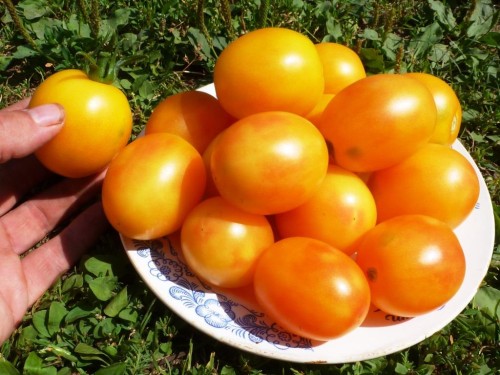
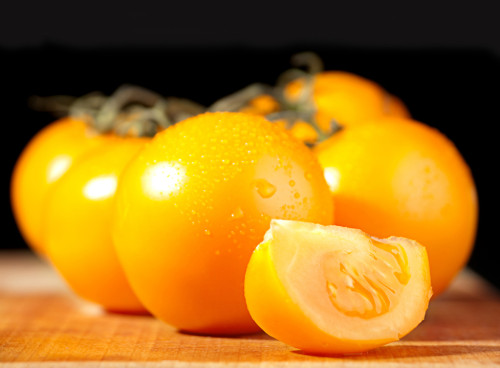
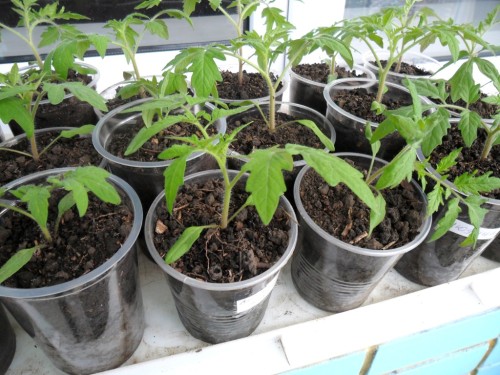
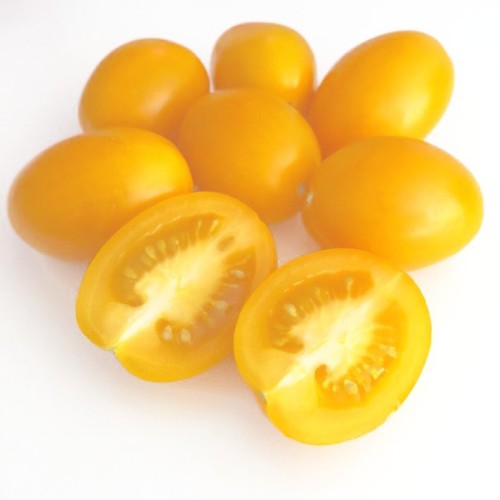
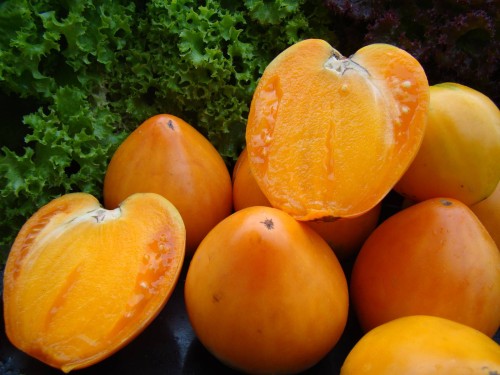
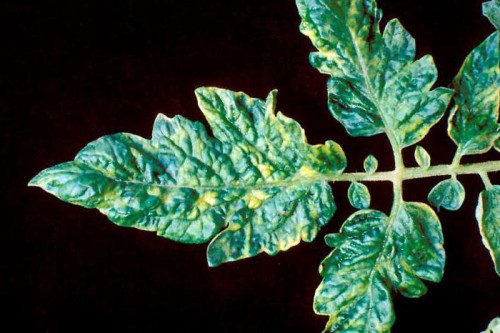
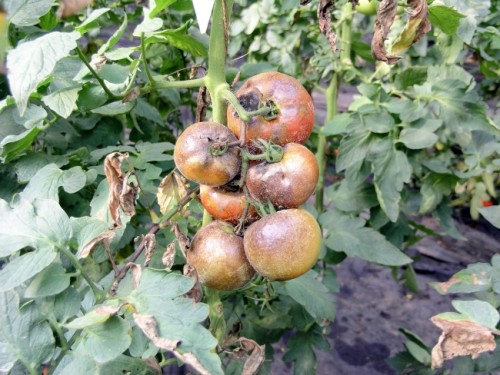
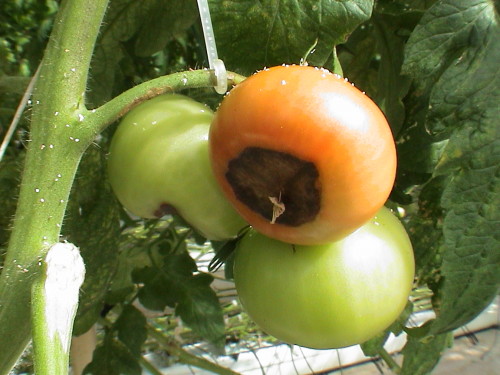
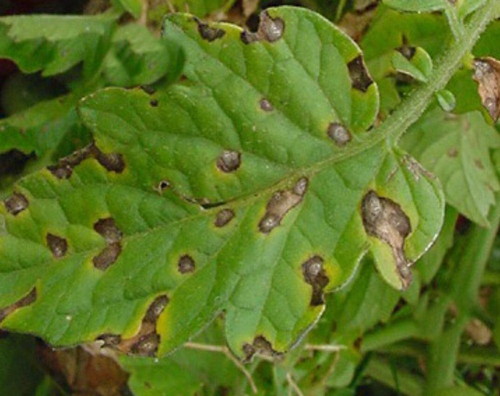
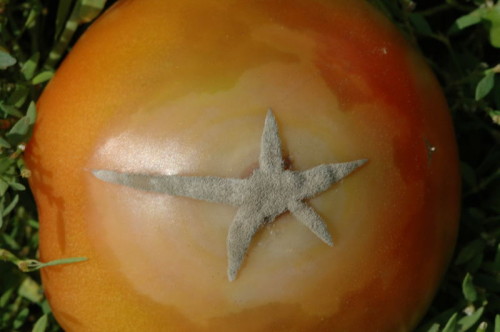
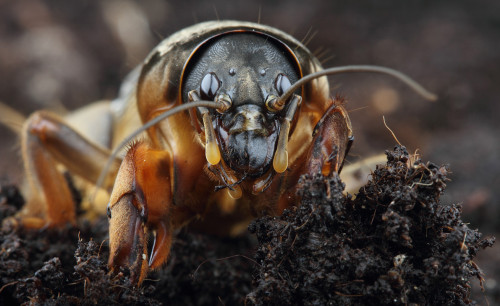
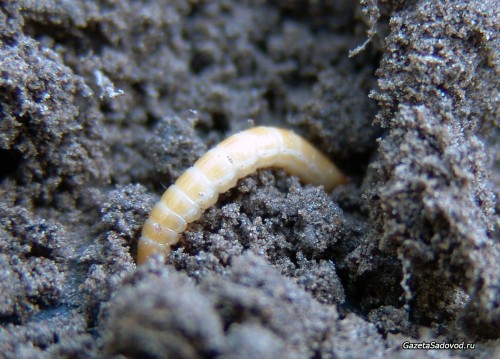
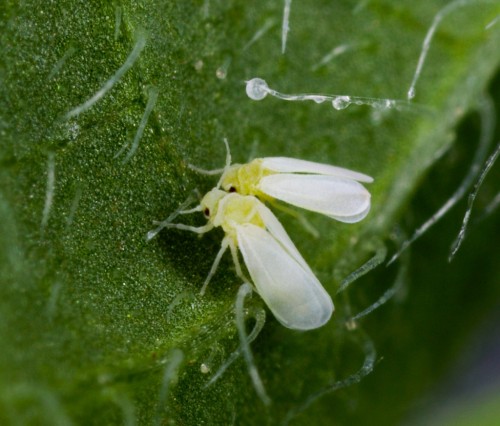
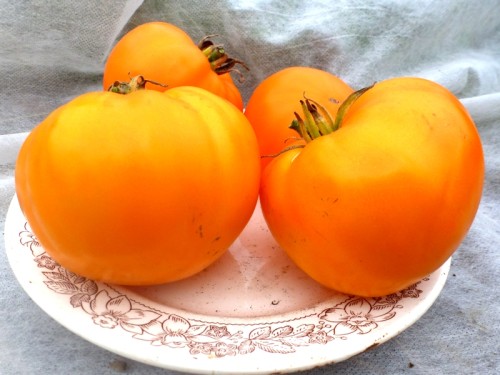












 Start a discussion ...
Start a discussion ...